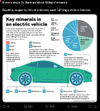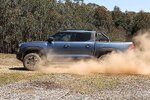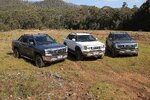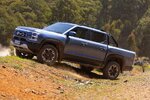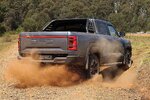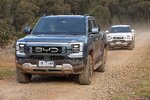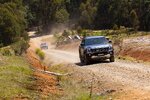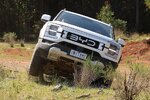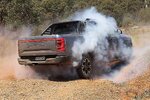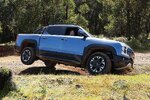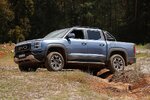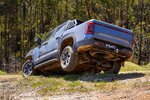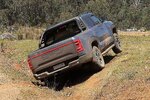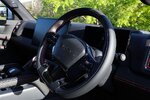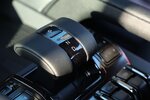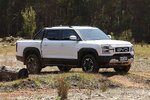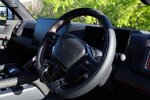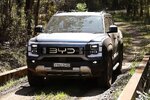JohnDe
La dolce vita
- Joined
- 11 March 2020
- Posts
- 4,615
- Reactions
- 6,845
Well in that case you should have realised that the other charging apps act the same as teslas as far as ease of charging go.
Your payment details are in the app, just like tesla.
You enter the charger Id and start charging.
Just like Tesla app, which I have also used.
Its just a pity there are so many of the damn things.
mick
Similar, but not the same.
At other chargers I had to open my phone and then the app for that particular station, and then hope that it worked. Most took me several minutes at best to activate and start charging, some took longer and did my head in.
The Tesla charging does not require me to even take my phone out of my pocket.





